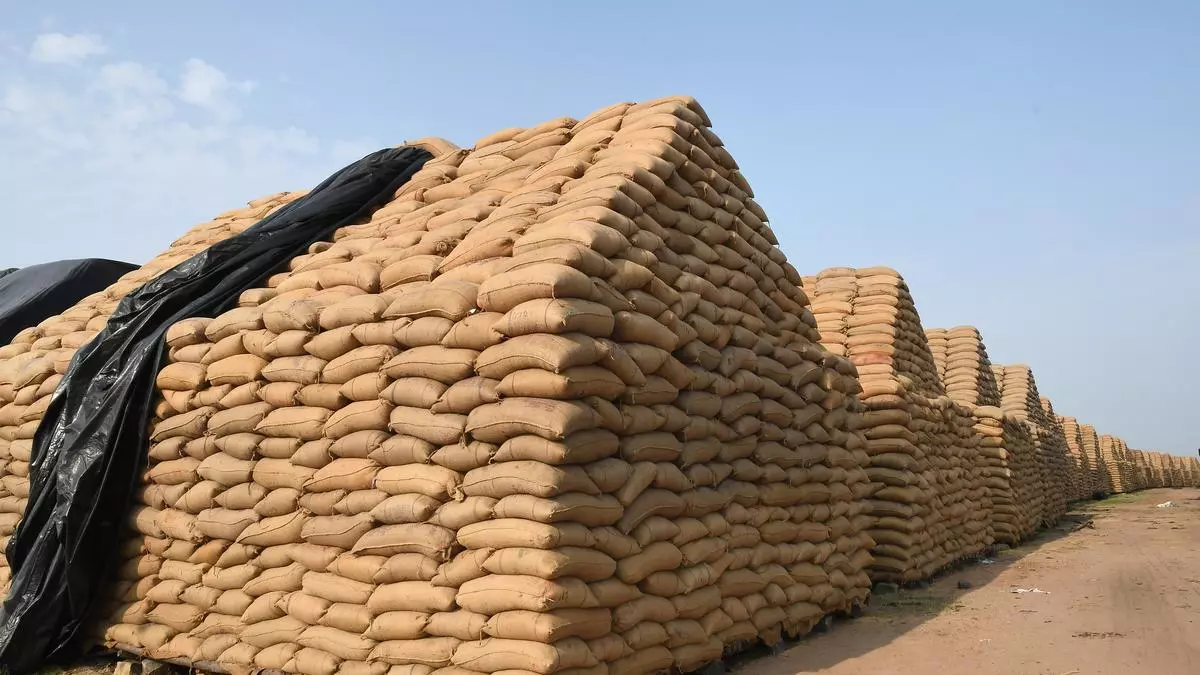From barcodes to automation: How AI is shaping agri-warehousing
AI (Artificial Intelligence) and ML (Machine Learning) need no introduction today. Businesses and our day-to-day lives remain touched by these technological advancements.
Every business today has identified tasks that can be digitised, and so has the agriculture warehousing sector which plays a crucial role in post-harvest management, safety of crops, cost and sale of commodities, and can benefit largely by adapting to automated processes. The sector has seen innovation in every facet, from processes and methods of storage to infrastructure design, all while embracing scientific and technological know-how.
For agri-warehouses, automation can improve operational accuracy, space management, logistical efficiency, and the security of stored items and lessen the chances of errors, resulting in cost optimisation and meeting sector demands competently.
In the past decade, various AI-based approaches have been used in the different stages of the agricultural value chain, including the post-harvest stage. Further, several AI solutions have been used to ensure the quality of agricultural commodities in post-harvest phases.
Challenges
However, there are some challenges in implementing these technologies for post-harvest management as well, such as:
High one-time cost – A heavy investment of funds would be required for the implementation of AI technologies in terms of infrastructure, software, and training. As a result, the smaller agri-warehousing management players may find it difficult to bring in the necessary funds, which can lead to lesser adoption of AI solutions in post-harvest operations.
Deeper understanding – A team of skilled personnel with an in-depth knowledge of these technologies and their implementation would be required by the warehouses to run them effectively. Now, this can be a huge challenge as the management of the warehouses would either have to train the existing staff or would have to hire personnel well-trained in the implementation of these technologies. This may or may not be possible in rural areas where a dearth of expert resources exists.
Integrating with the existing system – Most warehouses still operate based on conventional post-harvest management systems, and integrating advanced and AI-based solutions with old methods can be a complex process. Any discrepancies in the migration of data may lead to disruptions in workflow.
Despite the challenges, such automation comes with various benefits that can transform the entire post-harvest management system, making it more organised, scalable, futuristic, and highly efficient.
While technology at first enabled barcoded warehouse receipts to track the commodity in the warehouses, it is now being leveraged to create a full-fledged warehouse management system based on ERP, etc. With technology at the crux, these steps have been able to curtail challenges like food loss, wastage, theft, and the degradation of product quality.
Technological edge the Agri-warehouse industry is aiming to achieve:
Predictive analytics & informed decision-making
Technology makes it possible to identify and analyse potential threats which allow the warehouse management to take preventive measures before the problem arises. AI can also predict market trends, demand fluctuations, and the potential quality deterioration of stored commodities based on historical and real-time data, enabling warehouse managers to make informed decisions regarding commodity management.
Instant quality checks & control
Furthermore, there are many ways in which AI and ML-based technologies can be adopted in the post-harvesting stage. While predicting yield will ensure that farmers put ample effort into getting the best results, quality assessment helps them get the best value for their crops. Earlier done manually, today one can get an instant Quality Check of their crop through an AI-powered mobile application.
Surveillance-enabled warehouses
Surveillance-enabled warehouses have started transforming food grain safety. These “secured” warehouses ensure round-the-clock monitoring of food grains and a centralised command centre with defined standard operating procedures (SOPs) between operators and on-ground employees. With smart entry cards and time stamps, monitoring the in- and outgoing grains is now effortless. Predictive techniques can ensure the longevity of the storage of crops and machine learning-based quality assessment can ensure transparent pricing benefitting both consumers as well as farmers.
However, a thorough cost-benefit analysis is necessary to determine the optimal level of automation for each warehousing operation. The Government can establish conducive policies and monitoring frameworks that encourage the adoption of automation technologies in agriculture warehousing systems. Government grants, subsidies, or low-interest loans, to farmers and agri-businesses can also spur the sector into automated processes.
So, the continuous evolution of technology and its integration into agricultural practices will become crucial for eradicating the rooted difficulties of modern farming and ensuring economic sustainability. Going Phygital (Physical + Digital) is the future.
The author is Group CEO, Sohan Lal Commodity Management Ltd.
